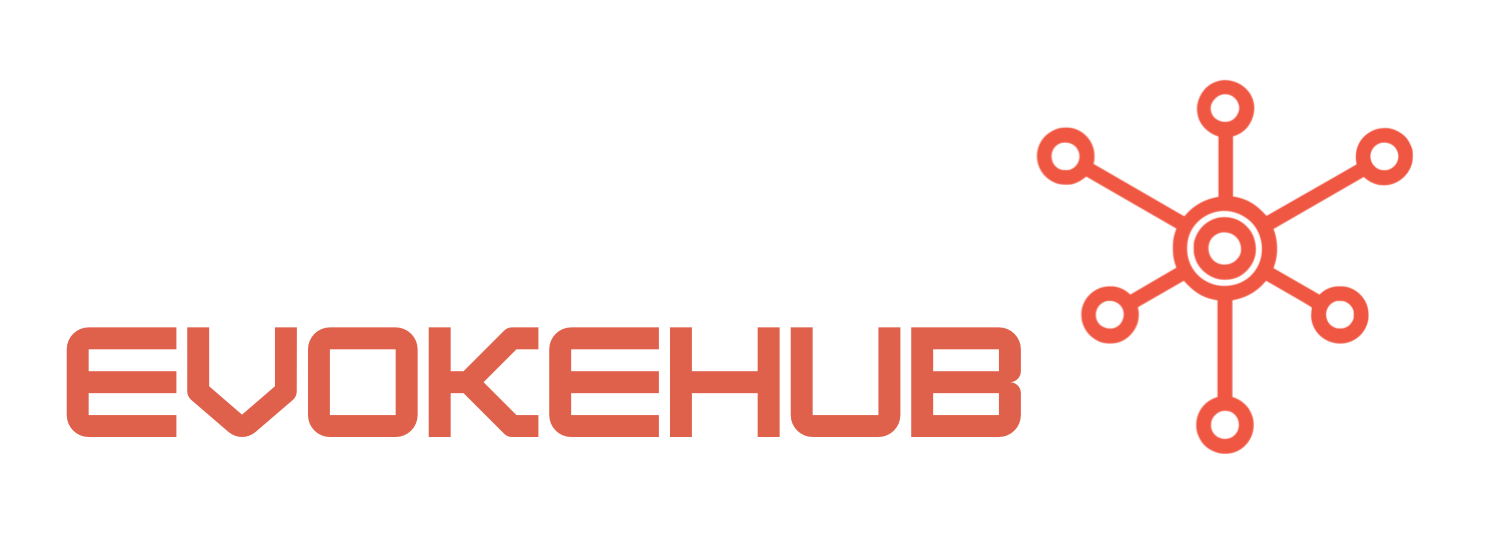Key Challenges in Managing Remote Product Design Teams
One of the primary challenges in managing remote product design teams in Thailand is the cultural differences that can affect communication and collaboration. Thai culture emphasizes harmony and indirect communication, which may lead to misunderstandings in a remote setting where direct feedback is often necessary. Team members may hesitate to voice dissenting opinions or provide constructive criticism, potentially stifling creativity. Understanding these cultural nuances is vital for fostering an open and effective team environment.
Another significant challenge is the time zone difference and varying work schedules. While Thailand operates on Indochina Time (ICT), teams may be spread across different regions globally, resulting in limited overlap in working hours. This can delay decision-making processes and hinder the overall workflow of design projects. Establishing clear communication protocols and scheduling regular check-ins can help mitigate these issues, ensuring that everyone is on the same page despite geographical distances.
Lastly, the lack of face-to-face interaction poses an obstacle for team cohesion and creativity. Physical proximity often fosters spontaneous brainstorming sessions and quick problem-solving discussions. In a remote setting, team members may feel isolated, which can impact their motivation and creativity. Leveraging technology tools for virtual collaboration and creating opportunities for informal interactions can help alleviate feelings of isolation and promote a strong team culture.
Proven Strategies for Success in Thailand’s Design Landscape
To effectively manage remote product design teams in Thailand, leveraging the local talent pool and fostering a sense of community is essential. Thailand is home to numerous design schools and universities, producing skilled graduates who are eager to enter the workforce. Companies should consider establishing partnerships with these institutions for internships or mentorship programs, thus integrating fresh talent into their teams. Additionally, creating a supportive community through local meet-ups or online forums can promote collaboration and knowledge-sharing among designers.
Effective communication tools are vital in overcoming the challenges of remote work. Utilizing platforms like Slack or Trello can streamline project management and facilitate real-time discussions. Moreover, regular video calls on platforms like Zoom can help maintain personal connections among team members. Establishing communication guidelines that prioritize responsiveness and clarity will further enhance the effectiveness of remote interactions.
Finally, fostering a culture of continuous feedback and professional development is crucial for a successful remote design team. Utilizing tools like Miro or Figma allows for collaborative design reviews and encourages input from all team members. Additionally, investing in training programs and workshops focused on design trends and skills can empower team members to innovate and adapt to changing market demands. By prioritizing development and collaboration, teams can navigate the challenges of remote work while enhancing their product design capabilities.
In conclusion, managing remote product design teams in Thailand presents unique challenges that can be successfully navigated with effective strategies. By understanding cultural nuances, fostering open communication, and leveraging local talent, organizations can create a collaborative and innovative design environment. Utilizing technology and prioritizing professional development will further enhance team dynamics and project outcomes. As the design landscape continues to evolve, adopting these strategies will position teams for success in the competitive global market.




